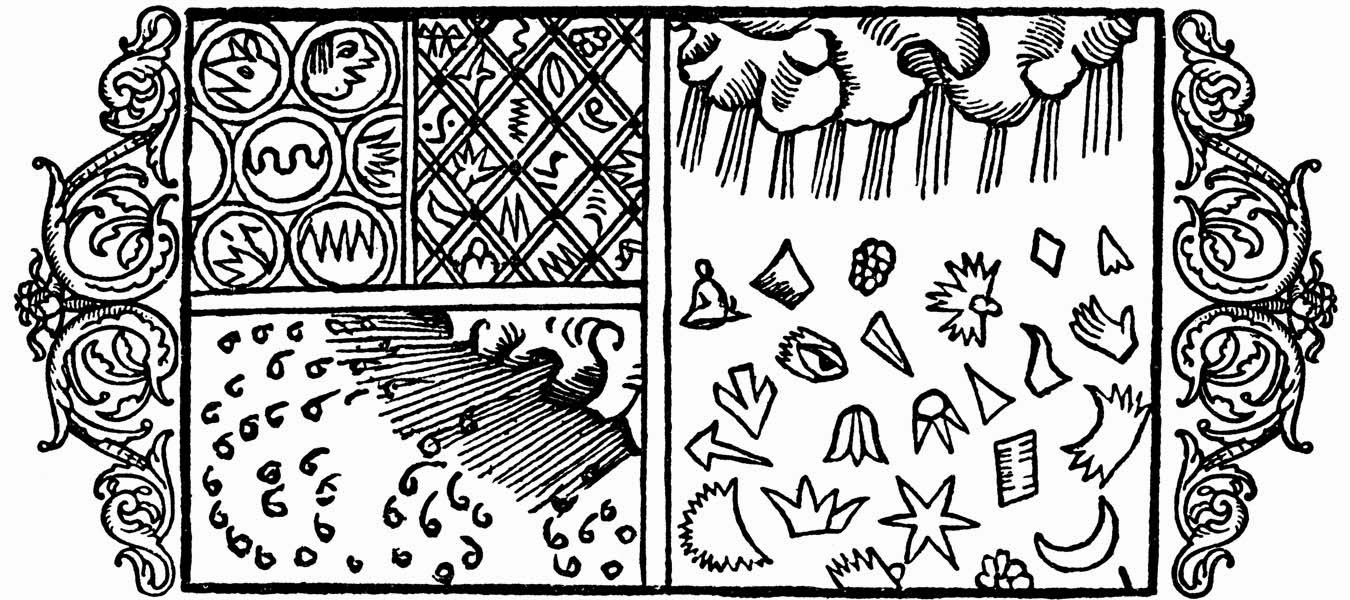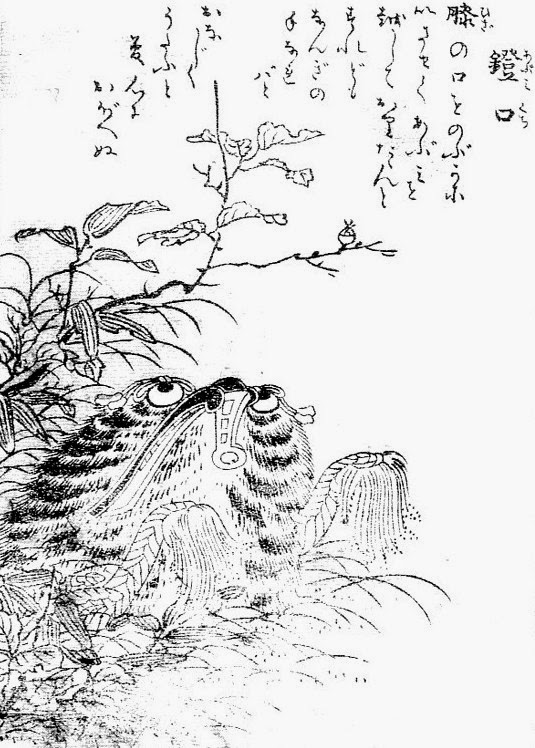First of all, there’s no such thing as “the Eskimo language.” There are at least six languages and numerous dialects in the Eskimo-Aleut language family, with three main branches. So the first question would be, in which language are we counting the words for snow, because the number will vary from language to language? But suppose we pick whichever one has the most snow words, just to keep things interesting. The next question is, what’s a word? Yes, your first reaction may be that everyone knows what a word is, but in fact it’s pretty complicated. To look at the English word for snow, would we count snow, snows, snowing, and snowy as separate words? Because there we have 4 already and could quickly add many more. So perhaps we say that what we mean is roots or lexemes, the basic units related by meaning. Thus all my variations and derivatives of snow count as a single “word.” But now what about snowflake, snowdrift, and snowstorm? Are these derivatives from the same root, or separate words for our count? And does it really matter? If I use the word snowflake while a speaker of another dialect of English uses the word flingle, do I have fewer words for snow? And even more substantively, is snow less important to me, or is my understanding of snow less nuanced because my word for flakes shares a root with my other words for snow?
To carry that point farther, languages in the Inuit-Yupic-Aleut family are generally polysynthetic, which means that lots of aspects of meaning are built up by adding affixes (in the case of Eskimo-Aleut languages, almost exclusively suffixes) to roots. This is different from English, which mostly leaves its root words alone and uses separate words such as prepositions and adjectives to build up meaning. And that means that in Central Alaskan Yupik, for example, there can be almost infinite variation in a single “word” in the same way that English can create infinite variety by combining separate words into sentences. So for our example, where English might talk about dry powdery snow, fine cold snow, fat clumps of falling snow, good packing snow, wildly whirling blown snow, and the crust on the top of snow where it’s melted slightly and then frozen again, in Central Alaskan Yupik each of those noun phrases might be rendered as a single “word.” So, do we count each of them in our tally? Perhaps we’d better remind ourselves once more to stick with root lexemes.
Then the next question is, which lexemes actually count as snow terms? For example, English has, in addition to snow, ice, slush, frost, and hail. Are those all “words for snow,” or are they each something slightly different? Personally, I’d probably count slush, but not the others, but it’s surely a matter of opinion, and it would make an enormous difference to the number of words included in any list.
Considering each of these questions and including only lexemes that definitely denote snow, most of the languages and dialects in the Eskimo-Aleut family include words derived from three basic roots for snow: *qaniɣ “falling snow”, *aniɣu “fallen snow”, and *apun “snow on the ground”. I confess that I’m not sure what the difference would be between “fallen snow” and “snow on the ground,” but leaving that aside, what we end up with is that the Eskimo-Aleut languages have as many as three words for our one word snow. Okay, so this isn’t the 40 or 400 words for snow of the urban legend, but still, clearly the Arctic peoples do differentiate their snow more carefully than speakers of English, and that’s significant, right? Well, not really, because… well, because duh! After all, every group has lots of specific words for the things it needs to differentiate. Painters have many more different words for types of brushes than non-painters, doctors differentiate every individual muscle by name where your average couch potato doesn’t, people who deal with horses have all different words for the horses’ anatomy and equipment, sailors have words for all different kinds of knots, botanists have words to describe the different shapes and structures of leaves and flowers… So, do “Eskimo languages” have lots of different ways to describe the different significant features of the snow and ice they live with? Of course they do, but this really doesn’t tell us anything special about language or culture. People talk about what’s in their lives and what’s important to them. Well, duh.
Just for fun, though, I’ve compiled a list of English words for snow. I’ve left off compounds with roots that are already included (such as snowflake) and I’ve left off words for which the snow meaning isn’t the only or primary meaning (so no plain flake, either), but I’ve included a second group of words that are not strictly snow but are cold-H2O-based. Just to inflate my list, I’ve also included borrowed words that may still be considered pretty
 “foreign” to most speakers of English, but which do show up in my dictionary and are used by English speakers who discuss such things, which after all, is what this is all about: discussing snow.
“foreign” to most speakers of English, but which do show up in my dictionary and are used by English speakers who discuss such things, which after all, is what this is all about: discussing snow.snow hail
blizzard ice
flurries frazil
slush frost
névé hoar
firn rime
graupel
sleet
(Please note that flingle does not appear on the list. I made it up.)
[Pictures: Bear, stone relief block print by Andrew Qappik, 2010 (Image from Uqqurmiut Center for Arts & Crafts);
On the Varying Shapes of Snow, woodcut from Book 1, Chapter 22 of Historia de Gentibus Septentrionalibus by Olaus Magnus, 1555 (Image from Lars Henriksson. For my post on Olaus Magnus, see here);
Spring Break Up, stonecut and stencil by Siku Siggiaju, 2014 (Image from Spirit Wrestler Gallery. For my post on Inuit stonecuts, see here).]



















